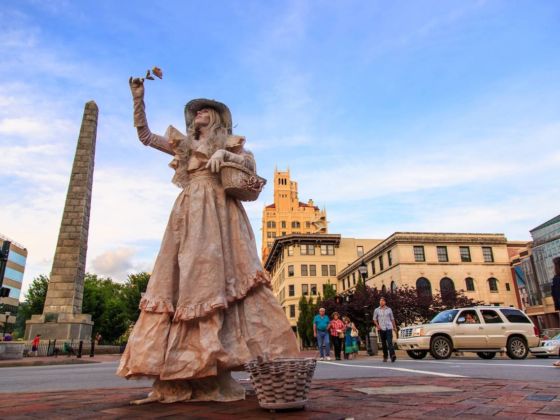Asheville has the most vibrant art scene in the South. From the sheer number of active artists with an open door policy at their studios to classic arts and culture venues such as the Asheville Art Museum and the Asheville Symphony Orchestra, there is no shortage of cool experiences to have and works to see. Wander around downtown to find street art or pop into a gallery to see an artist at work in the River Arts District. Other offbeat activities like listening to a reading at the Battery Park Book Exchange and Champagne Bar or playing a favorite vintage video game within the Grove Arcade keep the scene fresh. Here is a selection of the best art and culture experiences to have in Asheville.
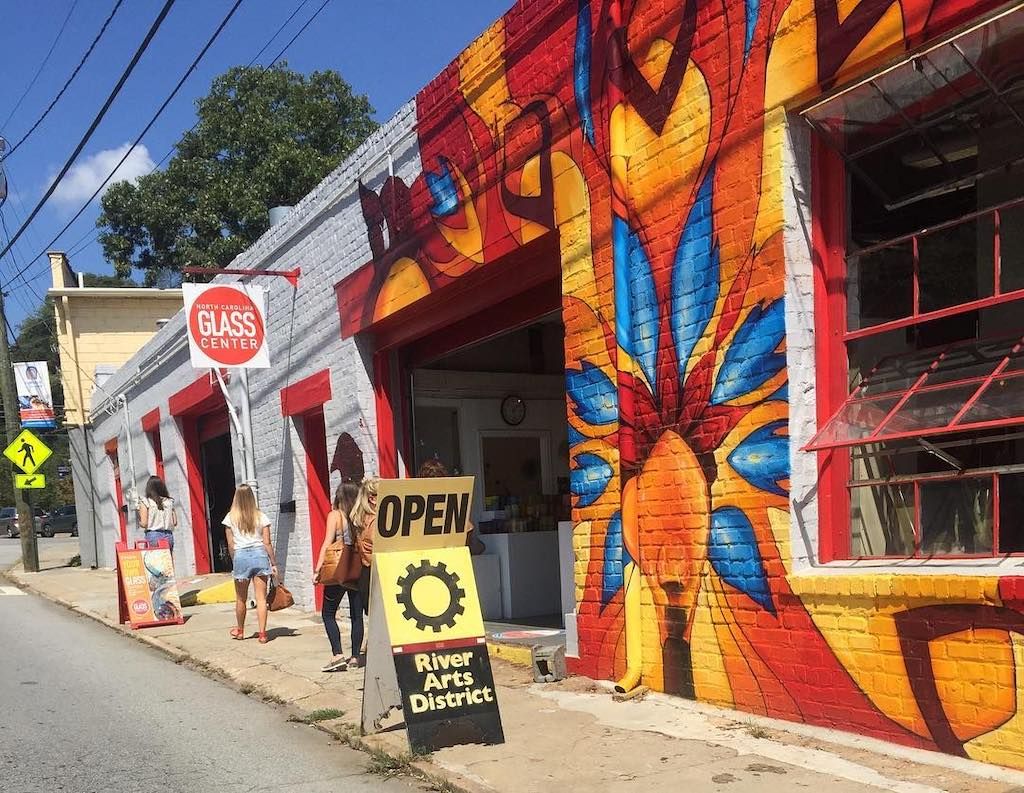
Photo: River Arts District Artists, Asheville/Facebook
River Arts District — The River Arts District (RAD) is the product of necessity. Local artists seeking cheaper rent for large spaces in which they could live and work created this trendy neighborhood and cultural hub. The formerly industrial space now houses more than 150 artists. Walk among the 22 buildings spread across the district’s two square acres to see the variety of local talent like painter Kathryn Abernathy or fiber artist Denise Carbonell. Note that some of the large, single buildings used to function as tanneries and cotton mills and now host multiple studios. If inspiration strikes, take a class at Odyssey Center for Ceramic Arts.

Photo: Explore Asheville
Music venues — Asheville is great spot for catching big-name acts in an intimate setting. Classic venues like The Orange Peel, which has hosted Modest Mouse and Tegan and Sara, and Asheville Music Hall feature local talent, as well as well-known international musicians. For Asheville-specific musicians or to catch dinner theatre, look at the calendar of The One Stop at Asheville Music Hall. Larger acts might book the Thomas Wolfe Auditorium, which provides great seats in a classic theatre setting. For classical music, opera, and ballet performances, check into the Diana Wortham Theatre.
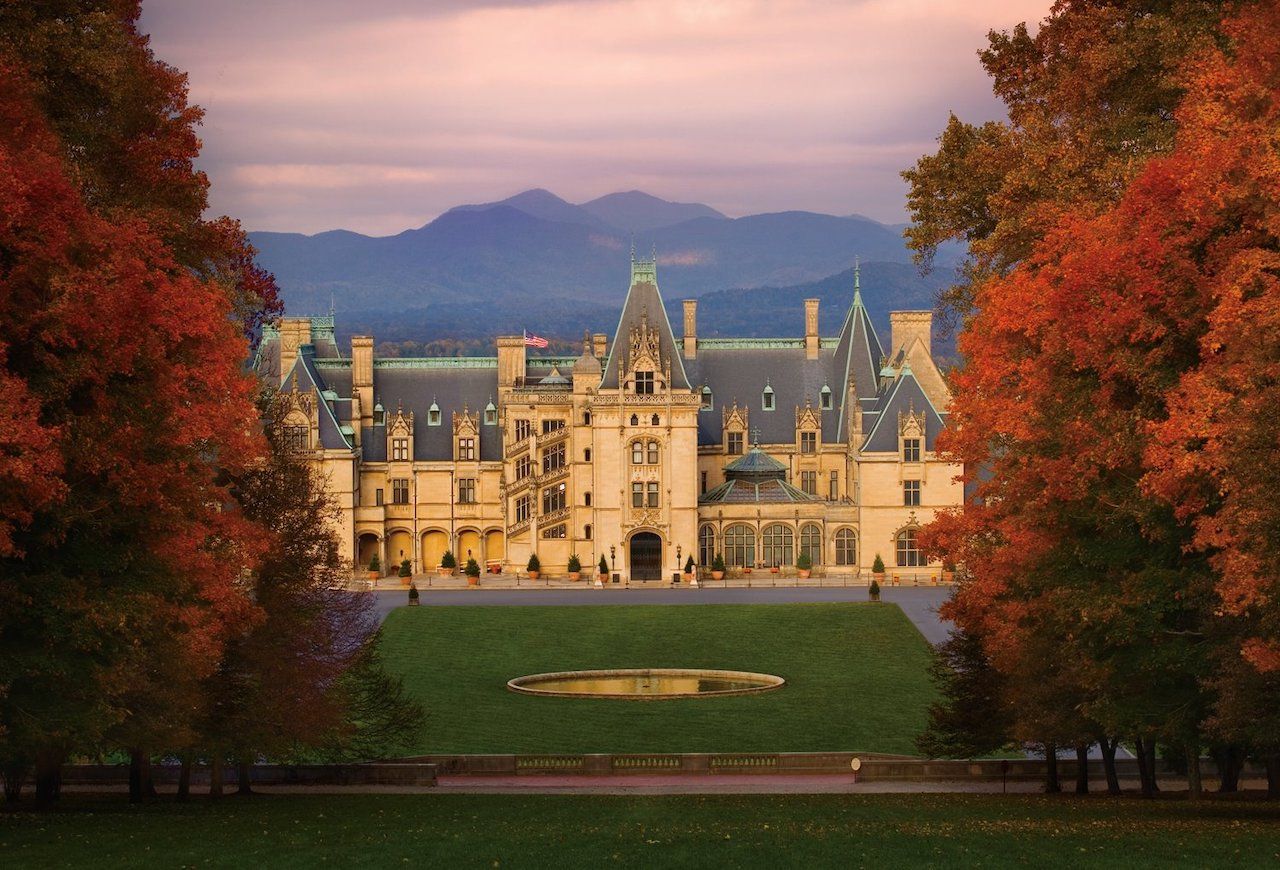
Photo: Biltmore/Facebook
Biltmore House — The Biltmore House is among the top attractions in Asheville, and it might be one of the most recognizable private residences in the United States. Once home to the Vanderbilt family, Biltmore houses a gymnasium featuring antique equipment from the turn of the 20th century, an indoor pool, and a bowling alley in the basement. With more than 8,000 acres of grounds, including gardens, a winery, and a horse stable, there are things to see beyond the house. Ticket prices vary by day of the week and can range from $55 to $85, and admission includes a self-guided tour. Make the most of the day by dining on the property or having a picnic nearby.
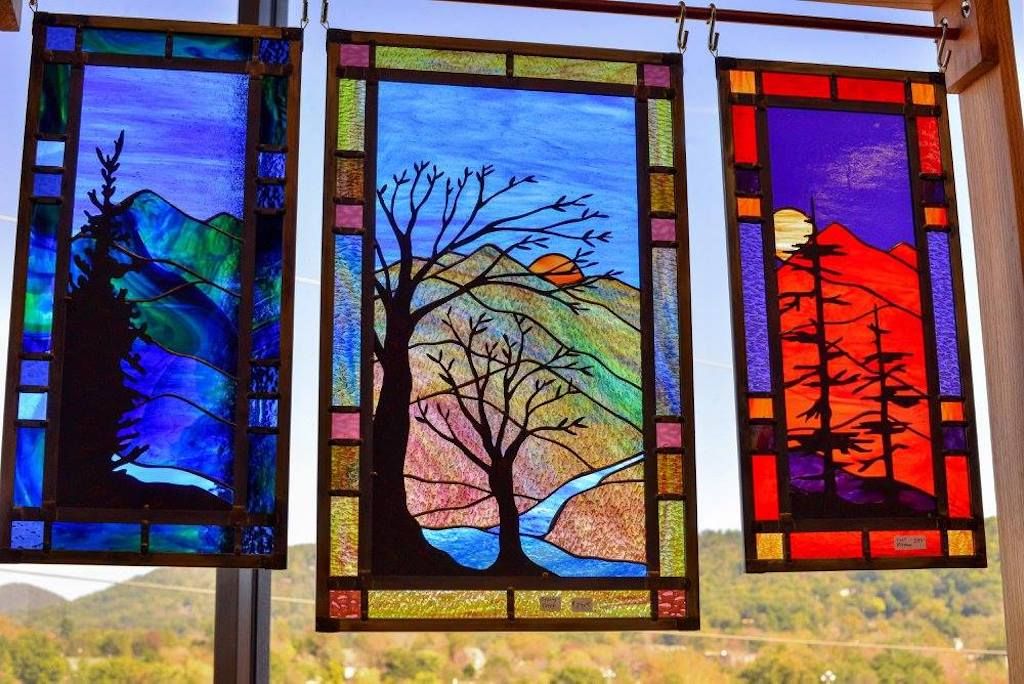
Photo: Southern Highland Craft Guild/Facebook
Folk Art Center — Home to the Southern Highland Craft Guild, this center has three galleries, including a permanent exhibit of woodworks, basketry, and textiles; a library; and the Guild’s oldest working craft shop with daily demonstrations ranging from weaving and pottery to doll-making and woodcarving. Focusing on traditional and modern crafts of southern Appalachia, the Folk Art Center features works such as clay pottery pieces and furniture made from local hardwoods. Located on the Blue Ridge Parkway, the center has a craft fair every year in July and October. Visit the complex for free or pay entry fee of $8 to the biannual craft fairs. Visitors will find jewelry, wooden bowls, and glass works among many other artworks created by local artisans for purchase.
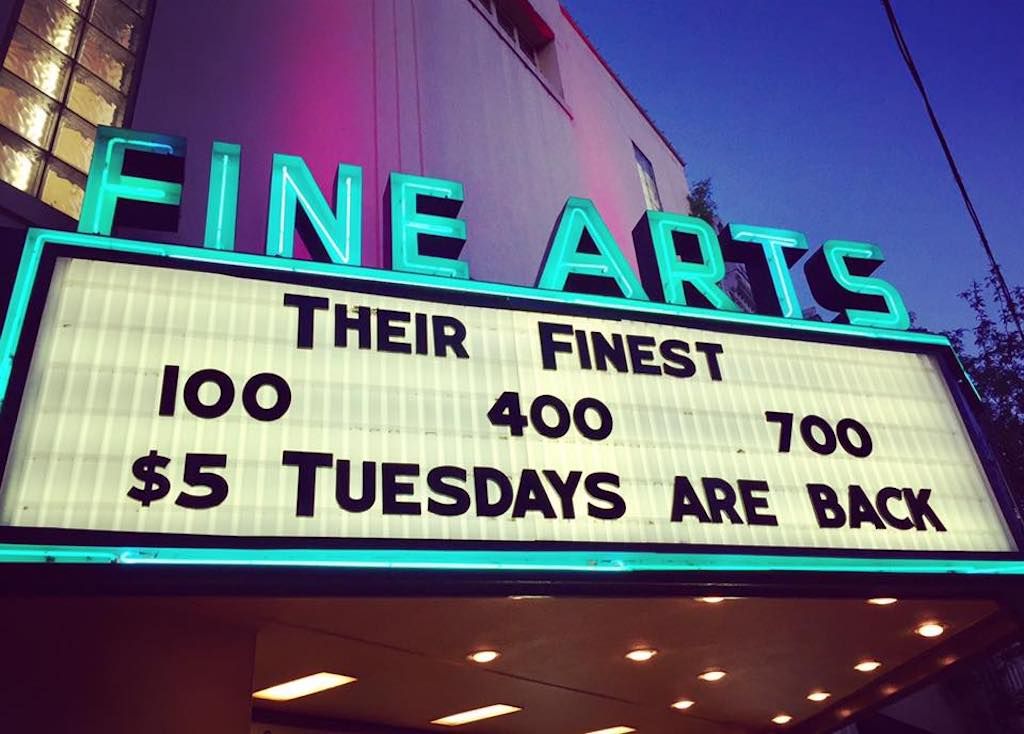
Photo: Fine Arts Theatre/Facebook
Fine Arts Theatre — One of the last locally owned, independent movie theatres in North Carolina, the Fine Arts Theatre is a cultural icon for the city. Opened in 1996, the Art Deco theatre now shows independent and art films, as well as more mainstream movies. With a $10 admission fee, $5 movies on Tuesday nights, and select discounts, it’s also one of the cheapest movie-going options. Keep an eye on the calendar for events such as concerts and other live performances. Settle in for a movie night with a local brew in hand, and enjoy the nostalgic setting. Remember to ask for the matinee price, which is $8 for shows before 6:00 PM.
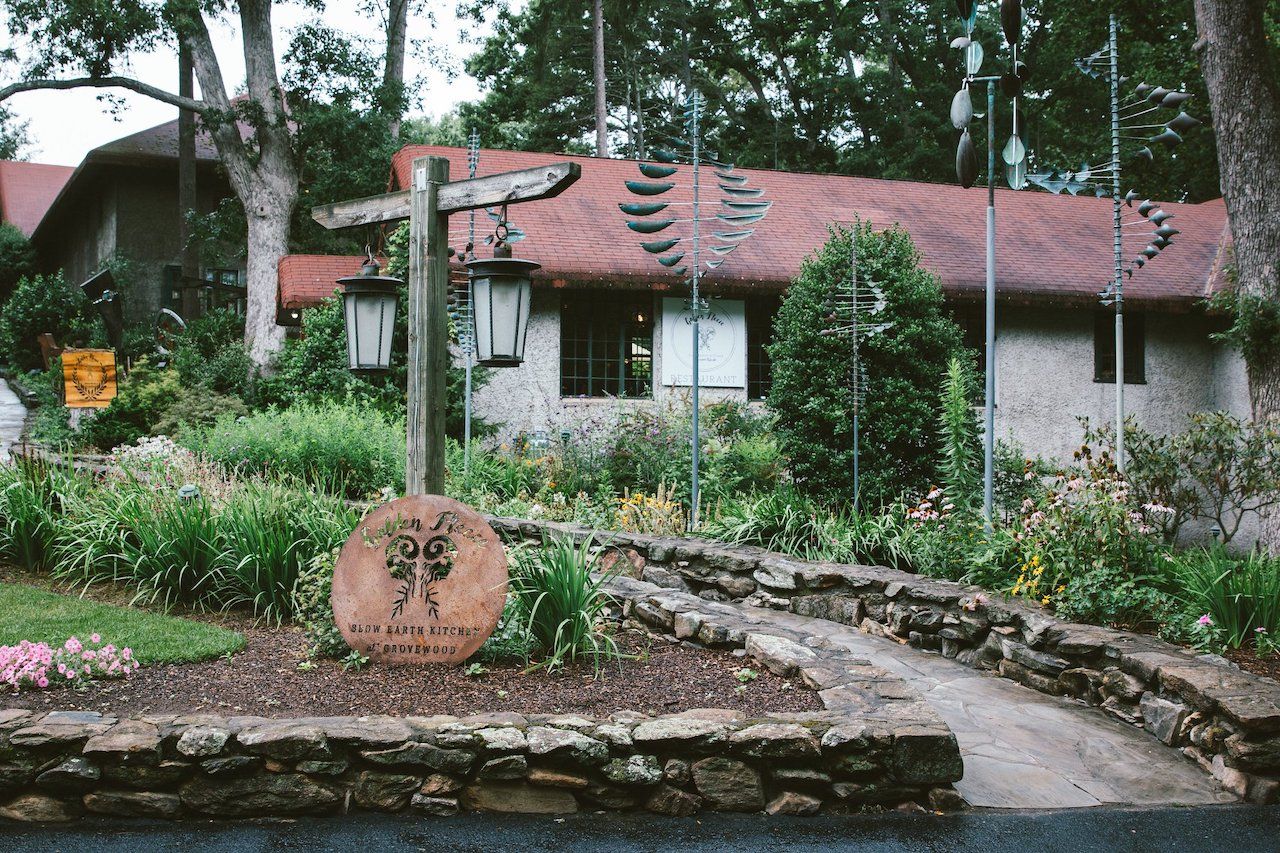
Photo: Grovewood Village/Facebook
Grovewood Village — Located across the street from the luxurious Omni Grove Park Inn resort, historic Grovewood Village is a center for the arts and crafts. The former weaving and woodworking buildings for the Vanderbilt’s Biltmore Industries are now home to a number of artists who hold active studios there. The 11-acre complex includes two museums: Biltmore Industries Homespun Museum and the Asheville Antique Car Museum. Take a walk through the sculpture garden before stopping into one of the studios to meet and talk with a local artist. Admission to the museums is free, and free parking is available on the property.
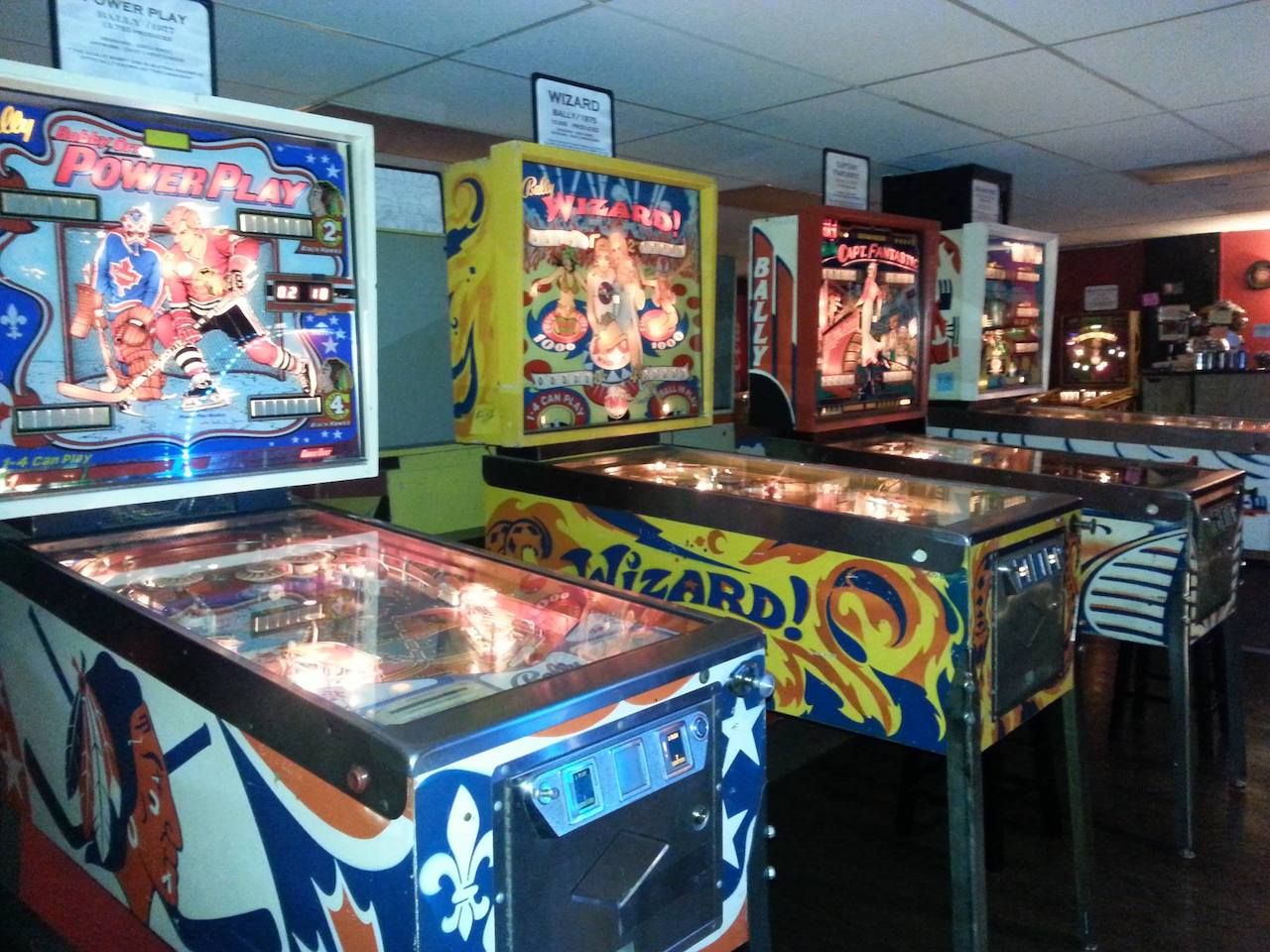
Photo: Asheville Pinball Museum/Facebook
Asheville Pinball Museum — Those nostalgic for the good old days of arcade games need to hit the Asheville Pinball Museum inside the Grove Arcade. With more than 75 pinball and classic games and a selection of beer on tap, this is a fun blast from the past. Anyone is welcome to come in for a look around, though those wishing to play will need to pay a $15 fee for unlimited playing time. Only 80 players are allowed inside at once, and this place can fill up fast. Much like a restaurant, a waitlist is available, but players must be present to claim their turn. No reservations are accepted.
Old Farmer’s Ball — Each Thursday evening, locals and visitors gather at the Old Farmer’s Ball for a night of live music and folk dancing. Styles can range from callers for square dancing to freestyling against the rhythm the bands play. Though the roof of the original location collapsed in 1982, the cultural tradition continues today in Bryson Gym at Warren Wilson College. Guests don’t have to be members to attend a dance, but the membership costs $5 and knocks $1 off the nominal entrance fee of $7.
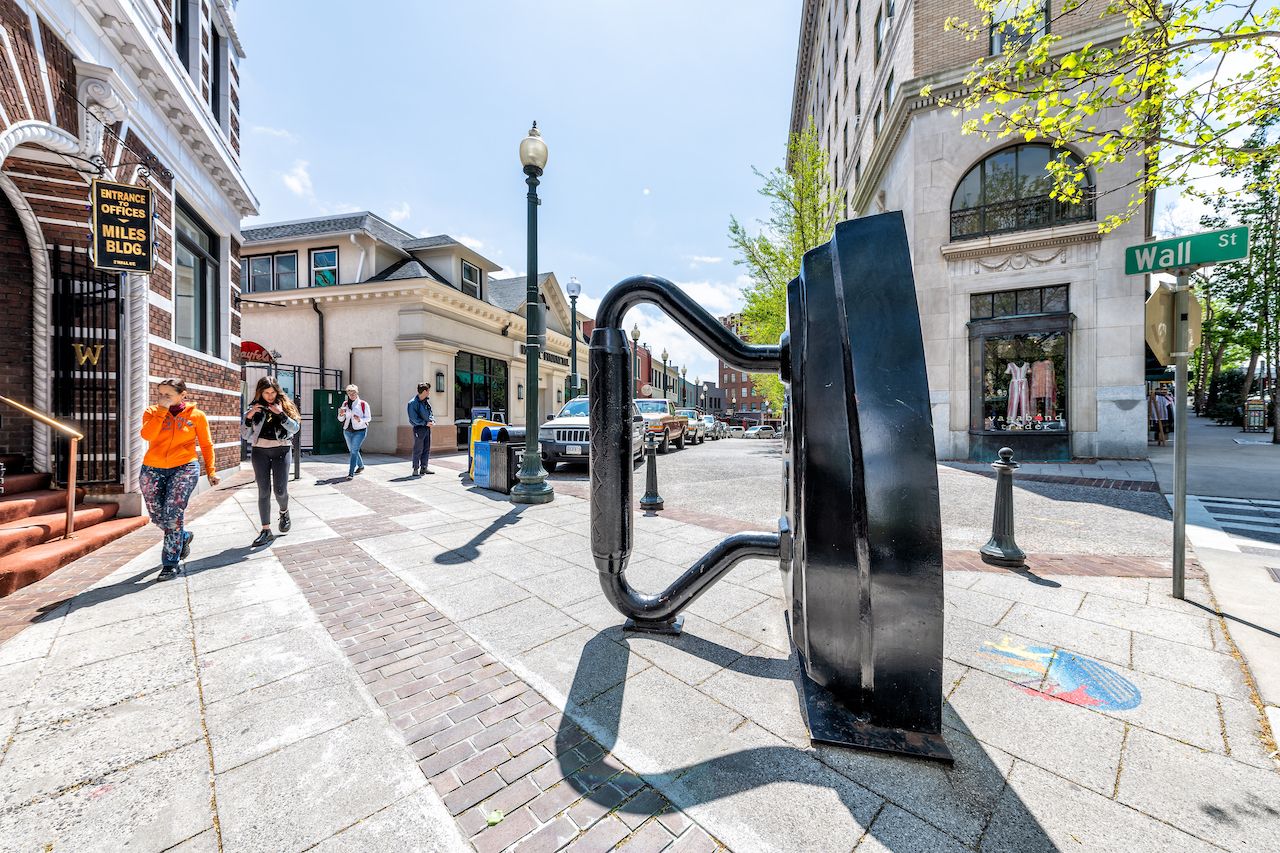
Photo: Andriy Blokhin/Shutterstock
The Urban Trail — Asheville is home to a number of public art pieces including the “Energy Loop,” the Deco Gecko in Pritchard Park, a life-size bronze statue of Martin Luther King, Jr. in MLK Park, “Relax” in Pack Square Park, and quite a few murals along the walls of City Hall. To see them all, or just visit select installations, the city has organized and published a map of what it calls the “Urban Trail” as a part of the Public Art Master Plan. Stringing together 30 sculptures and other works, the trail retraces some of Asheville’s most colorful historical characters which include F. Scott Fitzgerald, Thomas Wolfe, and George Vanderbilt.
